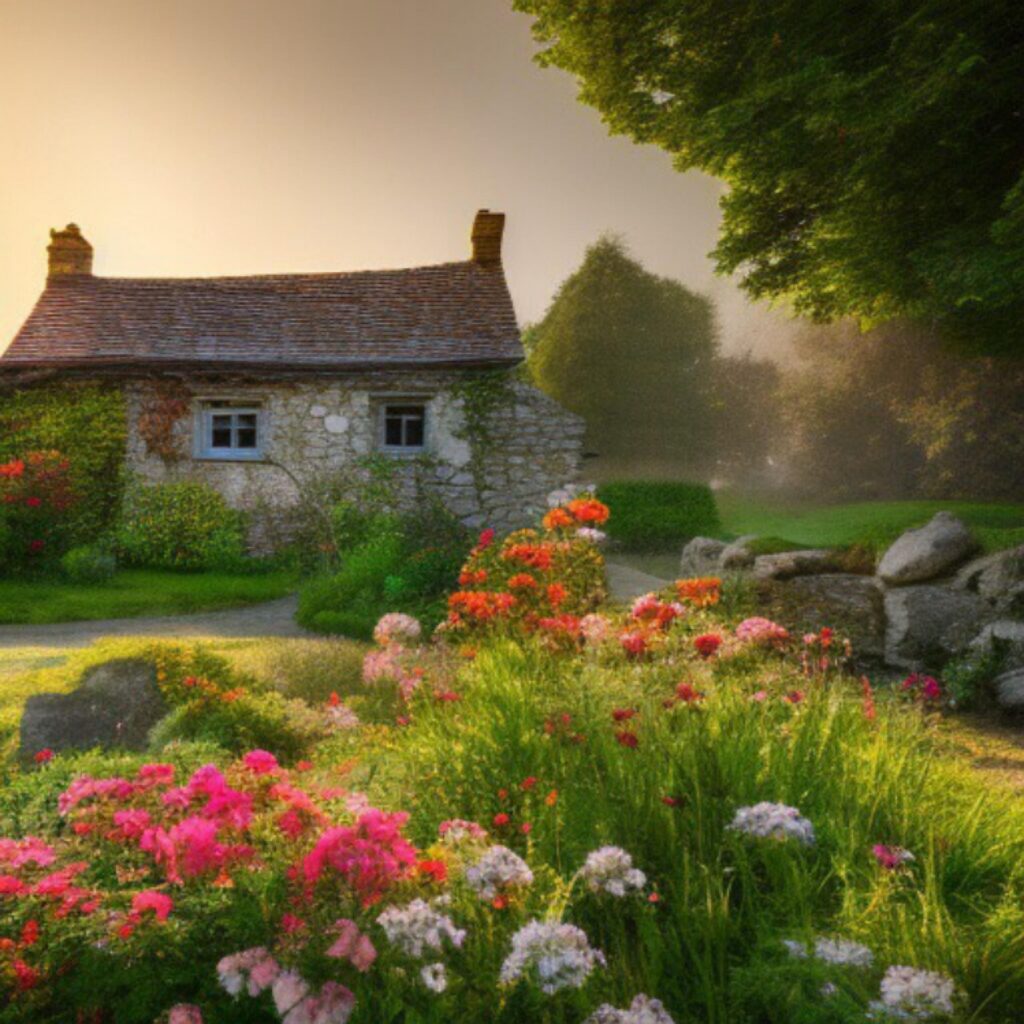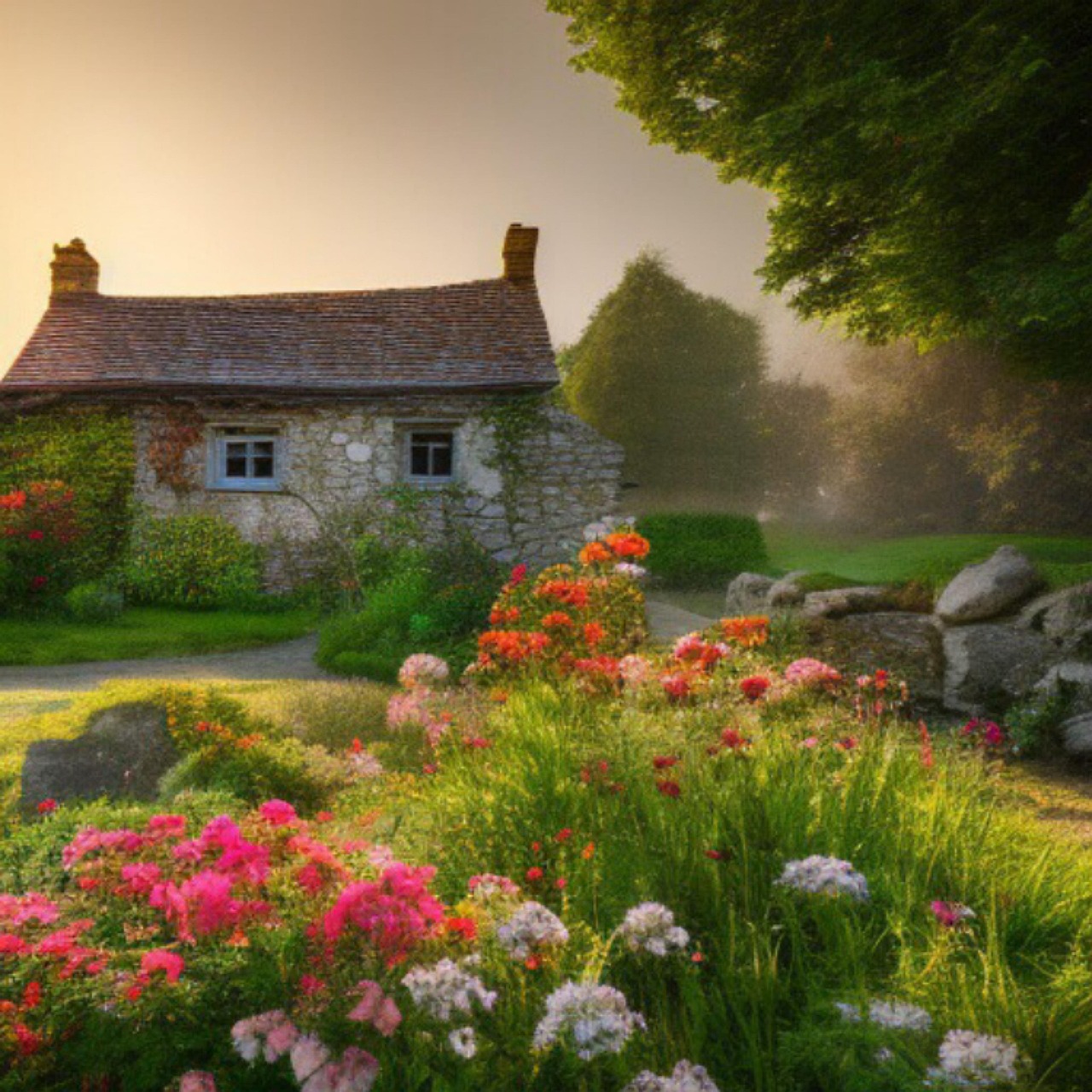When you think about the breathtaking landscapes of England, have you ever wondered whether the Cotswolds is classified as a national park? If so, you’re not alone! This area is beloved for its rolling hills, picturesque villages, and stunning natural beauty, but how does it fit into the framework of national parks in the UK? Let’s unpack this together.
Understanding National Parks in the UK
To get a grasp on whether the Cotswolds is a national park, it’s essential first to understand what qualifies an area as a national park in the UK. National parks are designated by the government to protect natural beauty, wildlife, and cultural heritage. They provide spaces for recreation, tranquility, and growth for both nature and visitors.
What Defines a National Park?
In the UK, national parks are marked by several criteria, including:
- Natural Beauty: Must have outstanding scenery.
- Wildlife Value: Must protect important habitats and species.
- Cultural Heritage: Should have historical or cultural significance.
- Access and Enjoyment: Should enable public access, recreation, and enjoyment.
Understanding this criteria helps clarify why certain regions gain national park status, while others, even if they are beautiful, may exist as areas of outstanding natural beauty (AONBs) instead.
The Role of The National Parks Authority
Each national park in the UK is managed by a dedicated National Park Authority. These authorities are responsible for conserving the park’s natural and cultural heritage, while also promoting sustainable tourism. This balance is crucial to maintain the health of both the environment and local communities.
Is The Cotswolds a National Park?
With that context in mind, you may be wondering where the Cotswolds stands. The straightforward answer is: No, the Cotswolds is not a national park. However, it is classified as an Area of Outstanding Natural Beauty (AONB).
What Is an Area of Outstanding Natural Beauty?
An AONB is similar to a national park in that it protects beautiful landscapes and promotes public enjoyment. However, it does not have the same legal framework or management structure as national parks. Areas of Outstanding Natural Beauty were established to conserve the natural beauty of the land while allowing for local communities to thrive alongside these natural reserves.
How Is The Cotswolds Protected as an AONB?
The Cotswolds AONB covers about 790 square miles across six counties, including Gloucestershire, Wiltshire, and Oxfordshire. The Cotswolds Conservation Board is the governing body that manages its land, ensuring conservation efforts are prioritized while also allowing visitors to enjoy its natural splendor.

Key Features of The Cotswolds
Although the Cotswolds may not hold national park status, it is still a place filled with remarkable characteristics that draw many visitors each year. Here are some highlights:
Scenic Landscapes
The Cotswolds boasts rolling hills, limestone valleys, and charming rural vistas. The landscape is often dotted with quaint villages featuring classic Cotswold stone buildings—they truly appear to be straight out of a storybook!
Diverse Wildlife
Home to various flora and fauna, the Cotswolds AONB provides habitats for many important species. Whether you’re spotting the agile deer in its woodlands or listening to the song of native birds, there’s an abundance of wildlife here to appreciate.
Historical Significance
With roots tracing back to the Roman era, the Cotswolds is rich in history. You can find ancient burial mounds, old churches, and historic market towns that speak volumes about its past. Walking through these villages is like taking a trip back in time.
Cultural Attractions
The area is not only about nature; it’s alive with culture. From arts and crafts to culinary delights, the Cotswolds hosts numerous festivals, galleries, and markets that celebrate local talent and produce.
Ideal for Outdoor Activities
Whether you’re a hiking enthusiast or just looking for a leisurely stroll, the Cotswolds offers a plethora of walking trails. The Cotswold Way, a 102-mile trail, is one of the most popular hikes, allowing you to immerse yourself in the stunning landscapes.
Comparisons: National Parks vs. Areas of Outstanding Natural Beauty
To truly appreciate the Cotswolds in its entirety, it may be helpful to compare national parks with Areas of Outstanding Natural Beauty.
| Feature | National Park | Area of Outstanding Natural Beauty (AONB) |
|---|---|---|
| Management | National Park Authority | Conservation Board |
| Conservation Focus | High priority | High priority, but less robust policies |
| Recreation Impact | Balanced use of land for tourism | Encourages tourism but not as strictly regulated |
| Legal Status | Designated through specific laws | Designated for beauty but less legal protection |
| Accessibility | Extensive public engagement | Generally high engagement but varies by area |
As you can see, while both designations serve to protect beautiful landscapes and provide spaces for outdoor activities, national parks tend to have more robust legal frameworks and management structures than AONBs.

The Benefits of AONB Designation
So why is it significant for the Cotswolds to hold the AONB designation? The reasons are plentiful:
- Conservation Efforts: AONB status allows for protective measures to maintain the landscape and wildlife.
- Tourism Promotion: This designation encourages visitors without overwhelming local communities, allowing the area to thrive economically.
- Community Engagement: Local residents can work together to protect their environment while sharing its beauty with others.
- Cultural Preservation: AONB status recognizes and helps maintain the area’s cultural heritage.
By holding AONB status, the Cotswolds can enjoy these benefits while simultaneously cherishing the environment and community spirit.
Visiting The Cotswolds
If you’re considering a visit to the Cotswolds, you’ll find an array of attractions and activities waiting for you!
Villages Worth Exploring
There are numerous charming villages that are a must-see. Some favorites include:
- Bourton-on-the-Water: Known for its picturesque bridges over the river Windrush, it’s often dubbed the “Venice of the Cotswolds.”
- Stow-on-the-Wold: A historic market town featuring quaint shops and antique stores.
- Chipping Campden: Famous for its stunning high street and proximity to various walking trails.
- Bibury: Often described as the most beautiful village in England, featuring delightful stone cottages.
Outdoor Activities
Whether you prefer leisurely strolls or energetic hikes, the Cotswolds offers plenty of options.
- Cotswold Way: A long-distance walking trail ideal for those who want to experience the entirety of the region.
- Cycling: There are bike-friendly routes throughout the AONB for those who enjoy cycling.
- Wildlife Watching: Don’t forget to bring your binoculars! Birdwatching opportunities abound, and you might spot deer or foxes in their natural habitat.
Local Cuisine
Don’t miss out on treating yourself to some local dishes! The Cotswolds prides itself on farm-to-table dining, and you’ll find various restaurants and cafes offering seasonal menus featuring local produce.
Festivals and Events
Take some time to join in on a local festival. The Cotswolds hosts art fairs, food festivals, and historical reenactments throughout the year. Participating in these events can offer a unique taste of local culture and community spirit.

Conservation in The Cotswolds
Using its AONB status as a platform for conservation, local efforts continue to tackle environmental challenges.
Sustainability Initiatives
Communities within the Cotswolds are increasingly focused on sustainable farming practices, eco-tourism, and conservation programs. Here are some notable initiatives:
- Wildlife Corridors: Establishing wildlife corridors to connect habitats and promote biodiversity.
- Local Produce: Encouraging the consumption of locally grown food which supports regional farms and reduces carbon footprints.
- Renewable Energy Projects: Investments in renewable energy sources that align with sustainability goals.
These initiatives signify a commitment to maintaining the natural landscape for future generations while fostering a healthy balance between conservation and economic growth.
Conclusion: The Cotswolds—A Natural Treasure
While the Cotswolds isn’t a national park, its designation as an Area of Outstanding Natural Beauty cements its status as an invaluable asset in England’s supply of stunning landscapes and ecological diversity. The spectacular hills, charming villages, and rich heritage make the Cotswolds a cherished destination for both locals and tourists alike.
As you ponder your next getaway or exploration, consider adding the Cotswolds to your list. Whether you’re looking to immerse yourself in nature, engage with the local culture, or simply relax in a picturesque setting, this region offers something for everyone.
